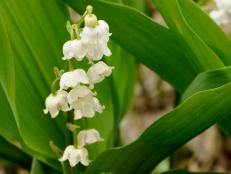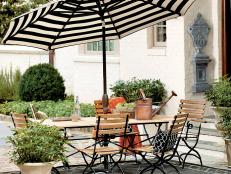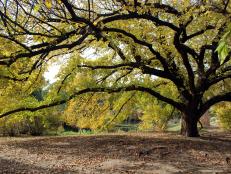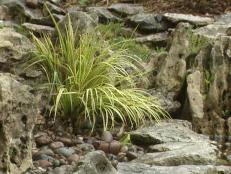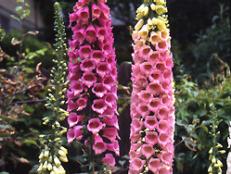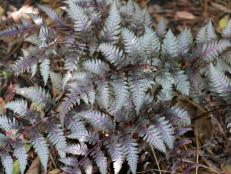The American Yellowwood Tree

Photo Courtesy of Bailey Nurseries
The American Yellowwood (Cladrastis kentukea) may be America’s most inherently valuable native tree for landscaping. As a bloomer and small shade tree, it deserves greater recognition and consideration for its fine qualities. Natives are often considered within their natural range because of their adaptation to local conditions, and in the case of yellowwood, because it is not commonly found growing in the wild.
General Description
Yellowwood (a.k.a. Virgilia, gopherwood, yellow locust, yellow ash) is a slow growing, medium-sized tree, averaging thirty-five to fifty feet at maturity, with a broad rounded crown. It makes a fantastic compact shade tree, with smooth gray (almost beech-like) bark and bright green leaves that turn yellow-orange-gold in fall. Yellowwood is also prized for its early summer display of white, wisteria-like flower panicles that are borne heavily in alternating years or every third year. Though its native habitat is restricted to isolated populations in an area from North Carolina to Kentucky to Oklahoma to Mississippi, and only scattered in those parts, it is hardy in zones 4-8.
Short History
The renowned eighteenth century botanist Andre Michaux first discovered yellowwood on a miserable winter day near Fort Blount (in what is now Jackson County, Tennessee) in 1796. The distinct branch structure and smooth gray bark made this species stand out in the midst of a naked forest during a drizzly, snowy day. The tree gets it’s name from the bright yellow color of freshly cut heartwood. Bees are attracted by the softly fragrant blooms. Two popular historical uses were made of this wood by settlers in southern Appalachia, and eventually throughout its range: yellow dye made from the inner bark of the roots, and gun stocks. The wood remains popular for specialty woodworking projects because of the unusual color. Although the wood is fairly lightweight and quite strong, the tree has a tendency to fork quite close to the ground into multiple thin trunks. This characteristic excluded yellowwood from greater popularity for lumber, and considering its natural scarcity, may have preserved its existence.
Planting
Yellowwood is not particular about soil pH, however it performs best on deep, fertile, moist, well-drained soils. It transplants well from field grown (balled in burlap) or container grown nursery stock. Plant in fall or spring. Yellowwood is not considered a “problem tree” by any means, but can be affected by verticillium, canker, mildew or root rot. Good planting techniques will minimize these concerns: ensure excellent drainage by amending heavy soils, take care not to plant too deep, choose a site with good air circulation and full to partial sun.
Maintenance
The low-forking branches sometimes form at weak angles which are prone to splitting and or breaking. While the tree is young, prune for strong branch structure in mid to late summer. Maintain a three inch mulch layer over the root zone to help maintain consistent soil moisture.







